
ABS (Acrylonitrile Butadiene Styrene)
ABS (Acrylonitrile Butadiene Styrene) is an amorphous thermoplastic material, with a continuous use temperature range of -4° F (-20° C) to 176° F (80° C). It is categorized as a standard material, and offers a balanced combination of mechanical toughness, impact resistance, and ease of fabrication and thermoforming.
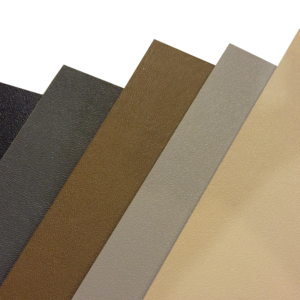
ABS/PVC
ABS/PVC blend sheet, such as Boltaron, offers some of the best aspects of these two common thermoplastics. Excellent for thermoforming applications, it maintains high consistency from lot to lot fabricating, and uniformity in deep draws and sharp corners.
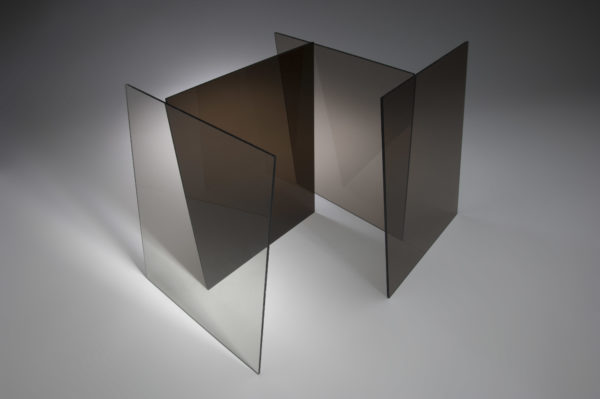
Acrylic (Polymethyl Methacrylate, PMMA)
Acrylic, also known as Polymethyl Methacrylate (PMMA), is a thermoplastic that can be formed into a number of shapes, making it suitable for use in a broad range of industries and products.

Aluminum Composite Material (ACM)
Aluminum Composite Material (ACM) is a rigid sheet made of two sheets of pre-finished aluminum, bonded to a polyethylene core. Light-weight, without sacrificing durability, ACM sheets are often used for outdoor signage, and channel letter backings.

Aluminum Sheet & Coil
Aluminum sheet & coil delivers long-life and durability in outdoor applications, and are most frequently used in the production of electric signs. Aluminum Coils are used in channel letter fabrication to create the sidewall or return of the letter.

Expanded Foam PVC
Expanded Foam PVC sheet is a versatile material, often used in the sign and graphics industry. Expanded closed-cell polyvinyl chloride (PVC) sheets are durable and rigid with a matte finish.
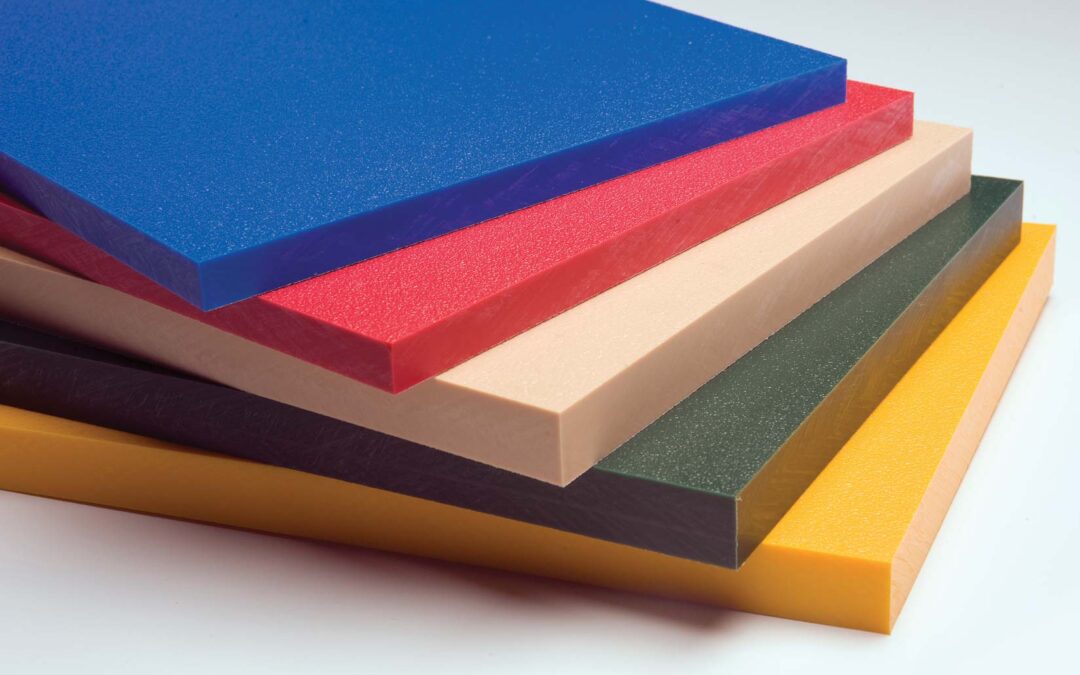
High Density Polyethylene (HDPE)
HDPE (High Density Polyethylene), part of the polyolefin family of materials, is a semi-crystalline thermoplastic material, with a continuous use temperature range of -50° F (-46° C) to 180° F (82° C).

High Impact Polystyrene (HIPS)
HIPS (High Impact Polystyrene), also known as PS (Polystyrene), is an amorphous thermoplastic material, used in lower heat applications. It is categorized as a standard material, and offers ease of processing, high impact strength, and stiffness.
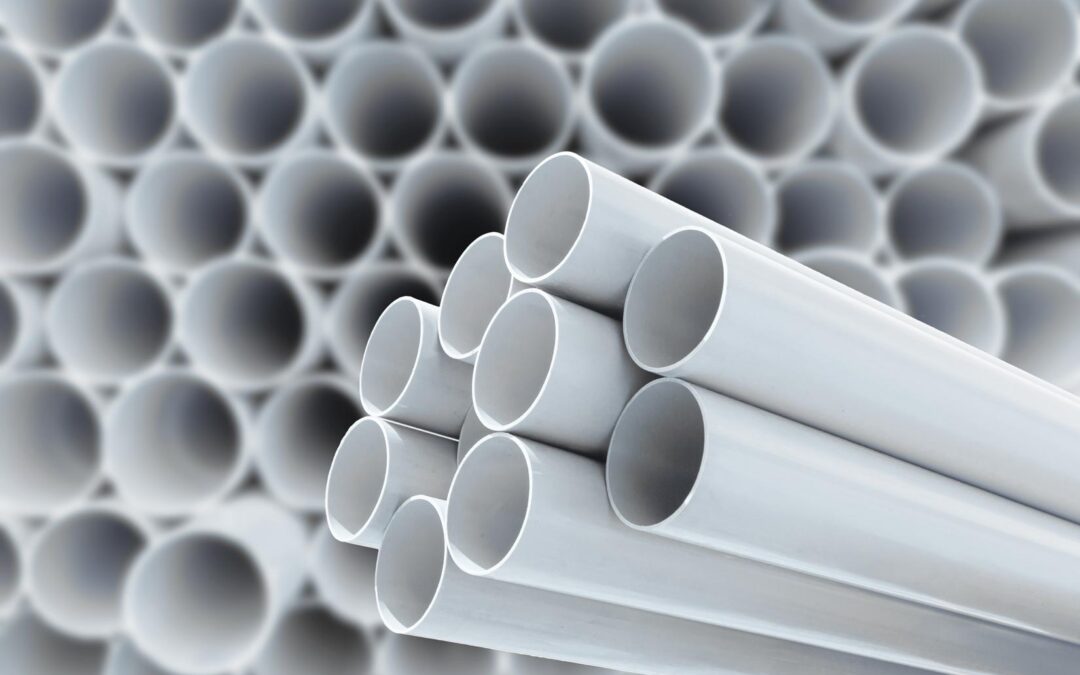
Industrial PVC/CPVC
PVC is an amorphous thermoplastic material, with a range of continuous use temperatures varying by type (Type I, Type II or CPVC).

Interlocking PVC Panels
When strength, chemical and water resistance, and easy installation are needed, interlocking PVC panel solutions offer the perfect alternative to traditional drywall or FRP panels in agricultural, clinical, food preparation, or residential settings.

Low Density Polyethylene (LDPE)
LDPE (Low Density Polyethylene), also known as a polyolefin material, is a semi-crystalline thermoplastic material, with a continuous use temperature range of up to 200° F (93° C).
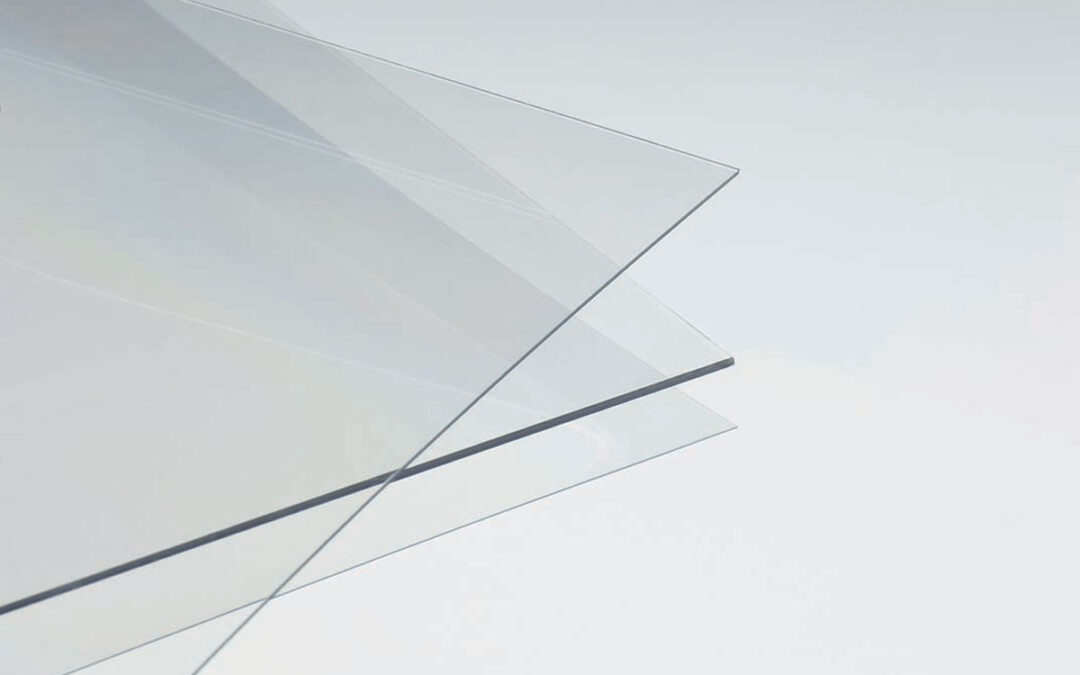
PETG (Polyethylene Terephthalate Glycol)
Polyethylene Terephthalate Glycol, or PETG, is a clear thermoplastic that can be formed into a number of shapes, making it suitable for use in a broad range of applications.
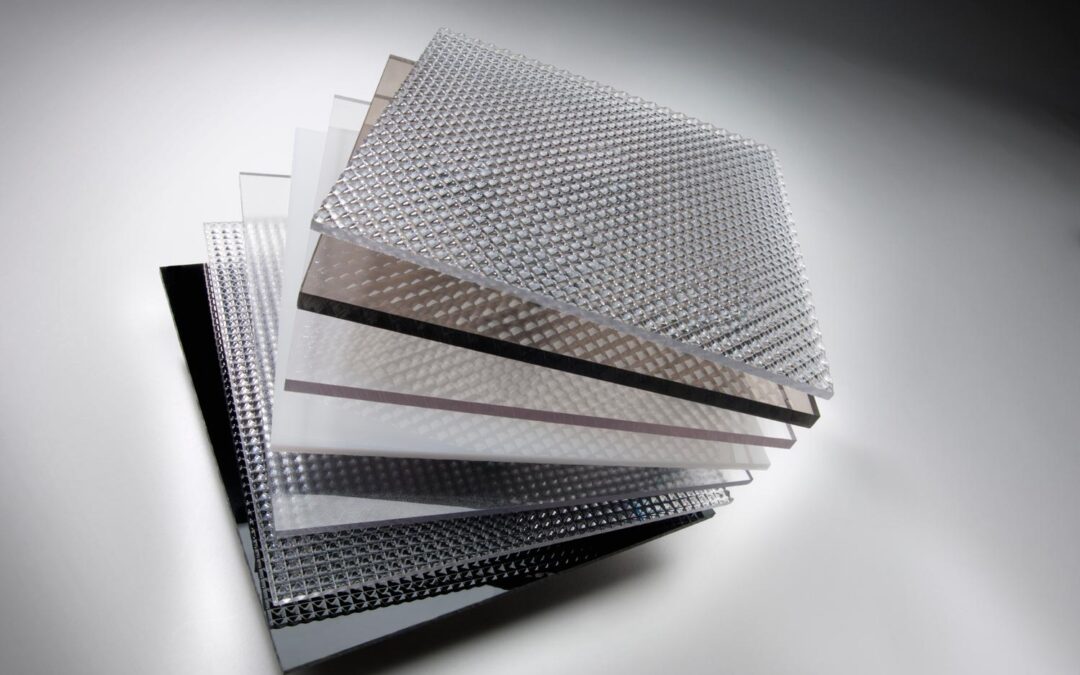
Polycarbonate
Polycarbonate, also referred to as PC, is a tough, impact-resistant, virtually unbreakable material used in wide variety of applications. It is an amorphous thermoplastic material, with a continuous use temperature range of up to 265° F (129° C).
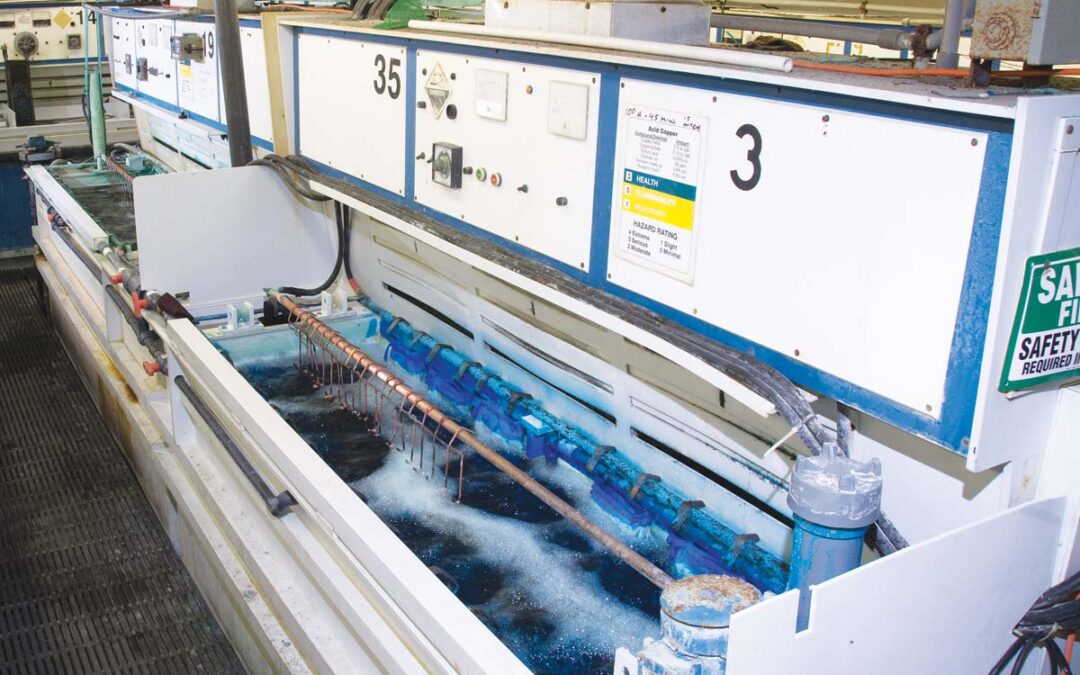
Polypropylene Sheet, Rod and Tube
Polypropylene (PP) is a semi-crystalline thermoplastic material, with a continuous use temperature range of -4° F (-20° C) to 212° F (100° C). It is categorized as a standard material, and offers excellent toughness, chemical resistance, and processability.

PVC-Acrylic
PVC-Acrylic is a thermoformable, high-impact, fire-rated sheet for a variety of aerospace and industrial applications.

Ultra High Molecular Weight Polyethylene (UHMW)
UHMW, also known as UHMW-PE (Ultra High Molecular Weight Polyethylene), is a semi-crystalline thermoplastic material, with a continuous use temperature range of up to 180° F (82° C).
